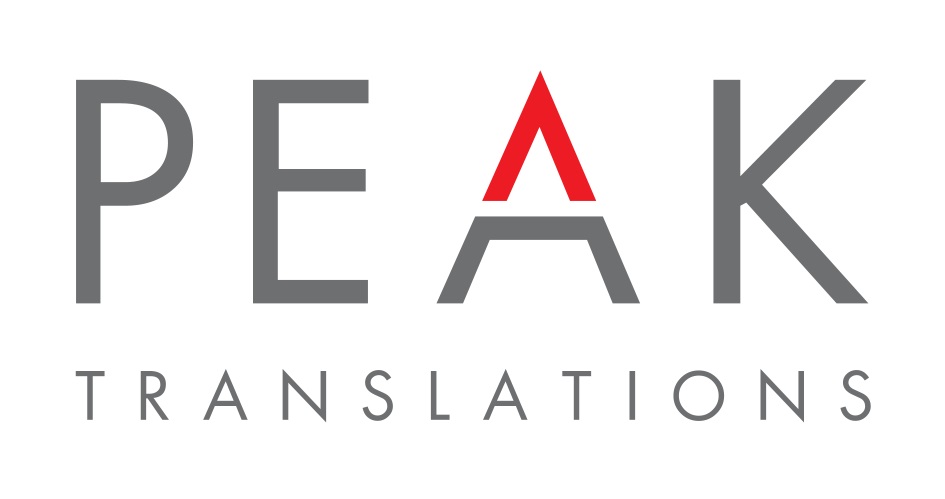 Add My Company
Add My Company
Sign In
why Google Translate Isn't Your Best Friend
01-02-2019

You’re short on time and you’ve got a tight budget, so what instantly comes to mind to fix your language barrier problems? For many, it is Google Translate or similar online ‘machine translation’ tools. Not only is it free, but it provides fast translation. But is Google Translate really your best friend; I’m afraid not. You might think you’ve saved on cost and time, but it’s more likely that this ‘so called friend’ will cause you more of a headache, costing you more in the long run (and not just in the financial sense)!
Take the example of Wrexham Council who have recently been criticised over Welsh sign errors as Google Translate had been used to provide the translations. According to a BBC article last year, “Welsh Language Commissioner, Meri Huws, revealed she had received 14 complaints about an inaccurate sign” and council staff have now been advised not to use Google Translate (BBC News Wales). The inaccuracies don’t stop there. In another BBC article it was highlighted that “Google Translate serves up ‘scummy Welsh’ translations”, revealing absurd translations on signs such as “workers exploding”, which should have read “Blasting in Progress”, but was put through Google Translate resulting in the following Welsh “Gweithwyr yn ffrwydro” (Rory Cellan-Jones, BBC News).
Google translate may be able to provide the meaning of the odd word or a general gist, but even the odd word can be confusing, as was revealed in a Welsh school where a school teacher provided an example showing that Google Translate is not always your best friend in the case of words with double meanings. The Welsh word ‘ysgol’ means both school and ladder, which resulted in the sentence being translated as the ‘school is in the shed’ rather than the ‘ladder is in the shed’. Another example of miscommunication was some email contact which we were privy to that came from a Greek native whose English was limited and therefore Google Translate was used. For the most part the gist was conveyed, however, with the subject matter often being medically associated, there was a danger of unreliable information, such as describing a fall leading to a fractured hip as “she has fallen down twice and her foot has fallen” and “she hit her leg”. These English translations were not only misleading, but also nonsensical. To somebody who didn’t know the actual diagnosis of the patient, they would not have understood the situation to have been as serious as it was at the time. On another occasion, the opposite sex was also mixed up in this email contact, “I talked with the lawyer Mrs xxxx xxxxxxx and told me, that he sent you a email …” All these inaccuracies could result in potentially serious and costly problems.
These errors do not just occur in the less common languages but also with the likes of Spanish. We were once dealing with a technical translation for a manufacturer of machines that had made the faux pas of using Google Translate for some of their past translations. Due to Google Translate not being a technical specialist and native Spanish translator, it decided to apply the most common Spanish translation of the word ‘jam’, resulting in the incorrect translation of the technical term ‘cutter jam’, literally translating it as ‘mermelada del cortador’, in other words fruit jam we spread on toast! Not only did this cause the translation to look unprofessional, it was obviously highly inaccurate.
Likewise, Google Translate does not have the ability of a human translator to pick up the nuances of a language that is so much more than words, but that which embraces a culture. There are certain words often described as ‘The Untranslatables’ that are a way of life and very much ingrained within a certain culture. Translation professionals convey these specific cultural nuances through various tools of adaptation and description that offer the word in the form of a concept rather than an exact correlation by localising the text to the target country language and culture, choosing a word or phrase that will best fit within the context of the sentence and be understood by locals. E.g. the Danish word ‘Hygge’ is translated by Google as ‘fun’, however, this would give the person trying to understand this concept a very vague comprehension as it means so much more than fun, referring to a concept of cosy contentment evoking an image of a warm, friendly and intimate moment or thing, as well as encapsulating that perception of a safe haven where you feel at home. Google Translate is a long way off mastering this fine-tuned professional translator skill.
Last but not least, if you want to make sure that your documents look professional and are completely accurate in grammar, spelling and cultural context, Google Translate is not for you. You might need to have a legal contract or a website translated within a short timeframe, but can you really rely on Google Translate being your faithful friend in these instances where you could end up with libel due to incorrect information, or you end up with a rather embarrassing translation fail broadcast on your town website? This is what happened in the Galician town of As Pontes in Spain. Instead of the town’s advertisement enticing people to come and enjoy the wonderful culinary festival celebrating the Galician vegetable ‘grelo’, the Google mistranslation ended up inviting people to take part in a clitoris festival! (Ashifa Kassam in Madrid, The Guardian)
For more information on why Google Translate Isn't Your Best Friend talk to Peak Translations Ltd
Enquire Now
List your company on FindTheNeedle.

